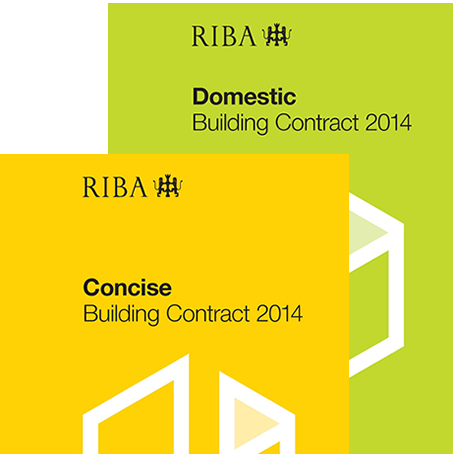 Plans to revise UK laws on construction safety are likely to be published by the government at the beginning of April with the intention that they come into force in April 2015, according to a health and safety law expert at a leading law firm.
Plans to revise UK laws on construction safety are likely to be published by the government at the beginning of April with the intention that they come into force in April 2015, according to a health and safety law expert at a leading law firm.
The Construction (Design and Management) (CDM) Regulations 2007, which govern the safety of construction sites, apportion responsibility for safety to individuals on site, have been up for reform for some time, with a consultation widely expected this year. Now Sean Elson of Pinsent Masons has said he expects the plans to be published next month.
“Our understanding is that a 12-week consultation will begin at the start of April and that new guidance on what the laws will mean for industry will be published between then and April 2015, when it is hoped that the regulations will come into force,” said Elson.
According to a report in the firm’s newsletter Out-Law.com, the revisions to the 2007 regulations will still ensure that burdens are placed not just on construction contractors, but also on those that hire them, such as the retailers, property developers and infrastructure developers on whose behalf work is carried out.
“Construction is widely defined, so even minor works within a building can be regarded as construction and fall within the regulations. That has always been the case and will not change with the revision,” said Elson. “With these changes the HSE will stress again the importance of the client role in the effective planning of construction works.”
It is believed that the revised regulations will propose doing away with a stand-alone CDM co-ordinator and will instead reassign the responsibility for co-ordination within the team planning and delivering a project. The requirement to co-ordinate construction planning will apply across all projects and not just those that are ‘notifiable’ under the regulations.
“What had originally begun as a process of evaluation and tweaking of the regulations appears to have become a substantial revision that, if adopted, will create challenges and opportunities for 'client' organisations, designers and contractors,” Sean Elson concluded.
 With more and more construction projects being undertaken on a global scale, contractors and stakeholders in those projects need to be alive to issues which are generating disputes, both globally and in specific regions, as they take on work in new markets.
With more and more construction projects being undertaken on a global scale, contractors and stakeholders in those projects need to be alive to issues which are generating disputes, both globally and in specific regions, as they take on work in new markets.



 A series of one-day events will be taking place around the UK on the issue of asbestos in soil – an issue that is of crucial important to the construction industry and one which gives rise to a growing amount of litigation and even criminal cases.
A series of one-day events will be taking place around the UK on the issue of asbestos in soil – an issue that is of crucial important to the construction industry and one which gives rise to a growing amount of litigation and even criminal cases. New guidance came into effect in July for surveyors who provide expert evidence to be relied upon in civil proceedings before a wide range of tribunals.
New guidance came into effect in July for surveyors who provide expert evidence to be relied upon in civil proceedings before a wide range of tribunals. Plans to revise UK laws on construction safety are likely to be published by the government at the beginning of April with the intention that they come into force in April 2015, according to a health and safety law expert at a leading law firm.
Plans to revise UK laws on construction safety are likely to be published by the government at the beginning of April with the intention that they come into force in April 2015, according to a health and safety law expert at a leading law firm.